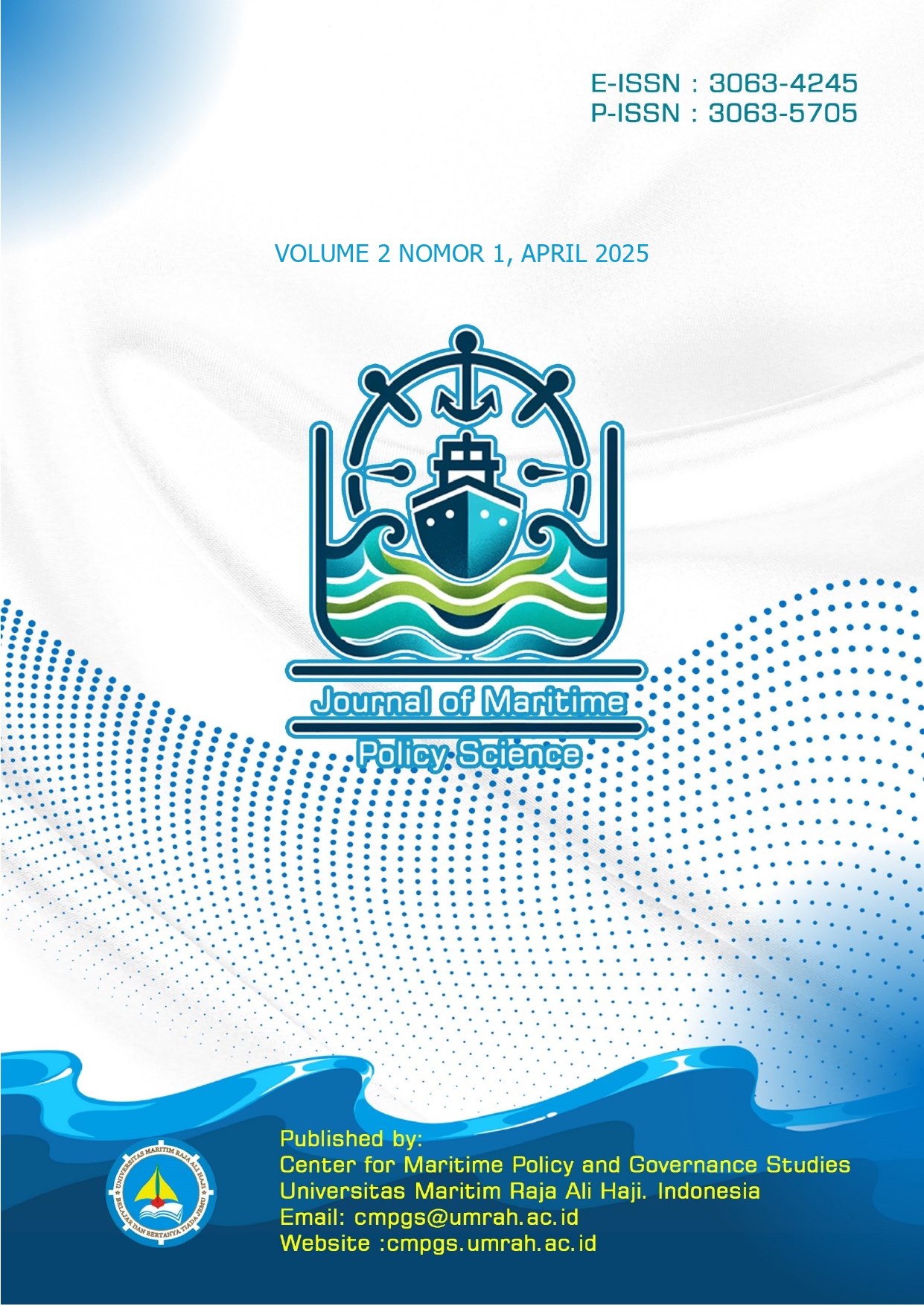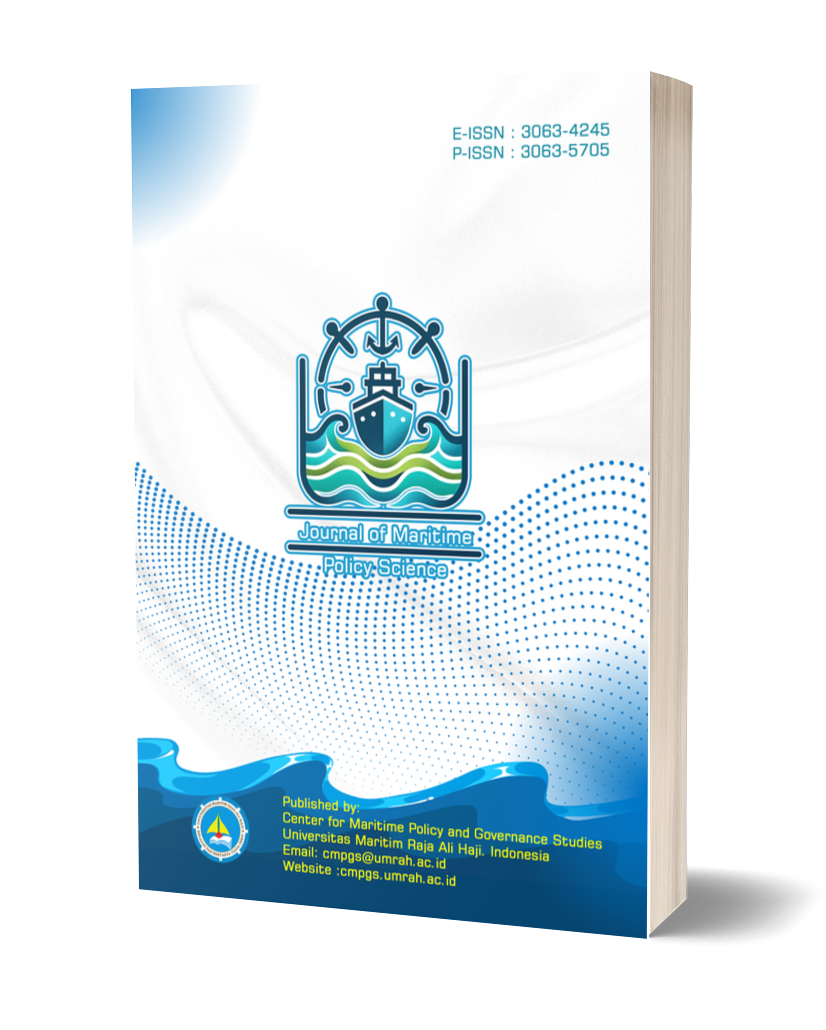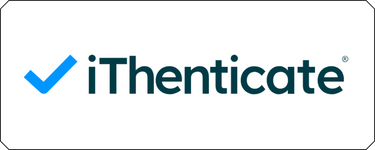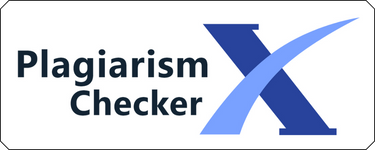Distribution of Subsidized Fuel for Fishermen in The Utilization of Maritime Potential in Bintan Regency
DOI:
https://doi.org/10.31629/jmps.v2i1.7164Keywords:
Fuel, Subsidies, Fishermen, MaritimeAbstract
Bintan Regency, an area with abundant maritime resources, heavily depends on the fisheries sector for its economic development, with a significant portion of the population working as fishermen. However, the full utilization of maritime potential in this region remains suboptimal, primarily due to limited access to subsidized fuel, a vital resource for fishing operations. Fuel subsidies have long been a financial and logistical challenge in Indonesia, exacerbated by declining domestic oil production and increasing reliance on imports. This study aims to investigate the impact of fuel subsidy distribution on fishermen’s livelihoods and the broader maritime economy in Bintan Regency. Using a qualitative research approach, data were collected through structured interviews with fishermen, local authorities, and maritime experts, as well as through analysis of secondary data from policy documents and academic sources. The findings indicate that while fuel subsidies are intended to alleviate the economic burden on fishermen, implementation inconsistencies, inadequate infrastructure, and bureaucratic hurdles have hindered their effectiveness. Many fishermen still rely on traditional tools and face high operational costs due to limited access to subsidized diesel, resulting in reduced income and economic insecurity. To address these issues, the Bintan Regency government has proposed increasing the quota of subsidized fuel and introducing digital systems such as fuel cards to improve distribution transparency.
Downloads
References
Agnew, D. J., Pearce, J., Pramod, G., Peatman, T., Watson, R., Beddington, J. R., & Pitcher, T. J. (2009). Estimating the Worldwide Extent of Illegal Fishing. PLOS ONE, 4(2), e4570. https://doi.org/10.1371/JOURNAL.PONE.0004570
Alongi, D. M. (2002). Present state and future of the world’s mangrove forests. Environmental Conservation, 29(3), 331–349. https://doi.org/10.1017/S0376892902000231
Barbier, E. B., Hacker, S. D., Kennedy, C., Koch, E. W., Stier, A. C., & Silliman, B. R. (2011). The value of estuarine and coastal ecosystem services. Ecological Monographs, 81(2), 169–193. https://doi.org/10.1890/10-1510.1
Bellido, J. M., Sumaila, U. R., Sánchez-Lizaso, J. L., Palomares, M. L., & Pauly, D. (2020). Input versus output controls as instruments for fisheries management with a focus on Mediterranean fisheries. Marine Policy, 118. https://doi.org/10.1016/j.marpol.2019.103786
Bueger, C., & Edmunds, T. (2020). Blue crime: Conceptualising transnational organised crime at sea. Marine Policy, 119, 104067. https://doi.org/10.1016/J.MARPOL.2020.104067
Citrani, T., & Syaputra, M. T. (2024). Role of Maritime Public Policy on The Economic Development of Coastal Communities in Tanjungpinang City Area. Journal of Maritime Policy Science, 1(3), 128–136. https://doi.org/10.31629/JMPS.V1I3.6948
Coast, J., & Jackson, L. (2017). Understanding primary data qualitative. In Qualitative Methods for Health Economics. Bloomsbury Publishing.
Costanza, R., de Groot, R., Sutton, P., van der Ploeg, S., Anderson, S. J., Kubiszewski, I., Farber, S., & Turner, R. K. (2014). Changes in the global value of ecosystem services. Global Environmental Change, 26(1), 152–158. https://doi.org/10.1016/j.gloenvcha.2014.04.002
Creswell, J. W., & Creswell, J. D. (2018). Research design. Qualitative, quantitative, and mixed methods approaches (5th ed.). SAGE Publications.
Crowder, L., & Norse, E. (2008). Essential ecological insights for marine ecosystem-based management and marine spatial planning. Marine Policy, 32(5), 772–778. https://doi.org/10.1016/j.marpol.2008.03.012
Germond, B. (2015). Maritime Security and Safety — Securing, Policing, and Protecting the Seas. The Maritime Dimension of European Security, 73–89. https://doi.org/10.1057/9781137017819_6
Gunawan, R., & Samin, R. (2024). Application of the Public-Private Partnership Concept in Airport Development in Bintan Regency to Enhance the Coastal Economy. Journal of Maritime Policy Science, 1(1), 23–31. https://doi.org/10.31629/JMPS.V1I1.6875
Kismartini, K., Roziqin, A., & Authori, N. (2023). A stakeholder analysis for sustainable development of Maritime Village in Semarang coastal community, Indonesia. Public Administration and Policy, 26(3), 321–334. https://doi.org/10.1108/PAP-10-2022-0119
Koričan, M., Fan, A., & Vladimir, N. (2025). Analysis of environmental-economic sustainability of fishing vessels and its improvement by alternative powering options in projected decarbonization scenarios. Fisheries Research, 285, 107385. https://doi.org/10.1016/J.FISHRES.2025.107385
Lewis, M. (2011). Governance and Corruption in Public Health Care Systems. SSRN Electronic Journal. https://doi.org/10.2139/SSRN.984046
Lukambagire, I., T, A., von Lieres, J. S., Matovu, B., & Bhavani, R. R. (2024). Fishermen’s attitudes towards drone use for sustainable fishing in a coastal community in Kerala, India: An exploratory qualitative study. Sustainable Futures, 7, 100225. https://doi.org/10.1016/J.SFTR.2024.100225
Mageau, C., VanderZwaag, D. L., Huffman, K., & Farlinger, S. (2015). Oceans Policy : A Canadian case study. In Routledge Handbook of National and Regional Ocean Policies (pp. 87–131). Routledge. https://doi.org/10.4324/9781315765648-5
Novalino, D., & Wulandari, N. (2024). Implementation of the Measured Fishing Policy-Penangkapan Ikan Terukur (PIT) in the Riau Islands Province. Journal of Maritime Policy Science, 1(3), 119–127. https://doi.org/10.31629/JMPS.V1I3.6946
Oveisi, S., Moeinaddini, M., & Natcher, D. (2025). LCA of fishing vessels exporting fish from the Arctic. Science of The Total Environment, 985, 179659. https://doi.org/10.1016/J.SCITOTENV.2025.179659
Pauly, D., & Zeller, D. (2016). Catch reconstructions reveal that global marine fisheries catches are higher than reported and declining. Nature Communications, 7(1), 1–9. https://doi.org/10.1038/NCOMMS10244;SUBJMETA=1491,158,2446,631;KWRD=FISHERIES
Pelc, R., & Fujita, R. M. (2002). Renewable energy from the ocean. Marine Policy, 26(6), 471–479. https://doi.org/10.1016/S0308-597X(02)00045-3
Prescott, J. R. V. ., & Schofield, C. H. . (2005). The maritime political boundaries of the world . BRILL.
Quirinno, R. S., Suwito, S., & Prakoso, L. Y. (2024). Optimizing National Security: The Importance of Private Sector Involvement in The Indonesia Defense Industry. International Journal Of Humanities Education and Social Sciences, 4(1), 2808–1765. https://doi.org/10.55227/IJHESS.V4I1.1068
Roberts, C. M., McClean, C. J., Veron, J. E. N., Hawkins, J. P., Allen, G. R., McAllister, D. E., Mittermeier, C. G., Schueler, F. W., Spalding, M., Wells, F., Vynne, C., & Werner, T. B. (2002). Marine biodiversity hotspots and conservation priorities for tropical reefs. Science, 295(5558), 1280–1284. https://doi.org/10.1126/SCIENCE.1067728/SUPPL_FILE/1067728S2_THUMB.GIF
Saad, S., Ahmad, Z., Rani, M. H., Khodzori, M. F. A., Yusof, M. H., Noor, N. M., & Mukai, Y. (2015). Assessing the Potential of Mangrove Educotourism to Marine Protected Area: A Case of Tioman and Tulai Islands, Pahang, Malaysia. Natural Resources, 06(07), 442–449. https://doi.org/10.4236/NR.2015.67042
Smythe, T. C., & McCann, J. (2018). Lessons learned in marine governance: Case studies of marine spatial planning practice in the U.S. Marine Policy, 94, 227–237. https://doi.org/10.1016/J.MARPOL.2018.04.019
van Tatenhove, J. P. M. (2017). Transboundary marine spatial planning: a reflexive marine governance experiment? Journal of Environmental Policy and Planning, 19(6), 783–794. https://doi.org/10.1080/1523908X.2017.1292120
Veron, J. E. N., Devantier, L. M., Turak, E., Green, A. L., Kininmounth, S., Smith, M. S., & Peterson, N. (2009). Delineating the Coral Triangle. Galaxea, Journal of Coral Reef Studies, 11(2), 91–100. https://doi.org/10.3755/GALAXEA.11.91
Wirajing, M. A. K., & Nanfosso, R. T. (2025). Households’ resilience capacity in the Cameroon fishing communities: case of the internally displaced and Immigrants fishermen. World Development Perspectives, 38, 100678. https://doi.org/10.1016/J.WDP.2025.100678
Downloads
Published
Issue
Section
License
Copyright (c) 2025 Elyza Riani, Yossi Oktalina (Author)

This work is licensed under a Creative Commons Attribution-ShareAlike 4.0 International License.
You are free to:
- Share — copy and redistribute the material in any medium or format for any purpose, even commercially.
- Adapt — remix, transform, and build upon the material for any purpose, even commercially.
- The licensor cannot revoke these freedoms as long as you follow the license terms.
Under the following terms:
- Attribution — You must give appropriate credit, provide a link to the license, and indicate if changes were made . You may do so in any reasonable manner, but not in any way that suggests the licensor endorses you or your use.
- ShareAlike — If you remix, transform, or build upon the material, you must distribute your contributions under the same license as the original.
- No additional restrictions — You may not apply legal terms or technological measures that legally restrict others from doing anything the license permits.













